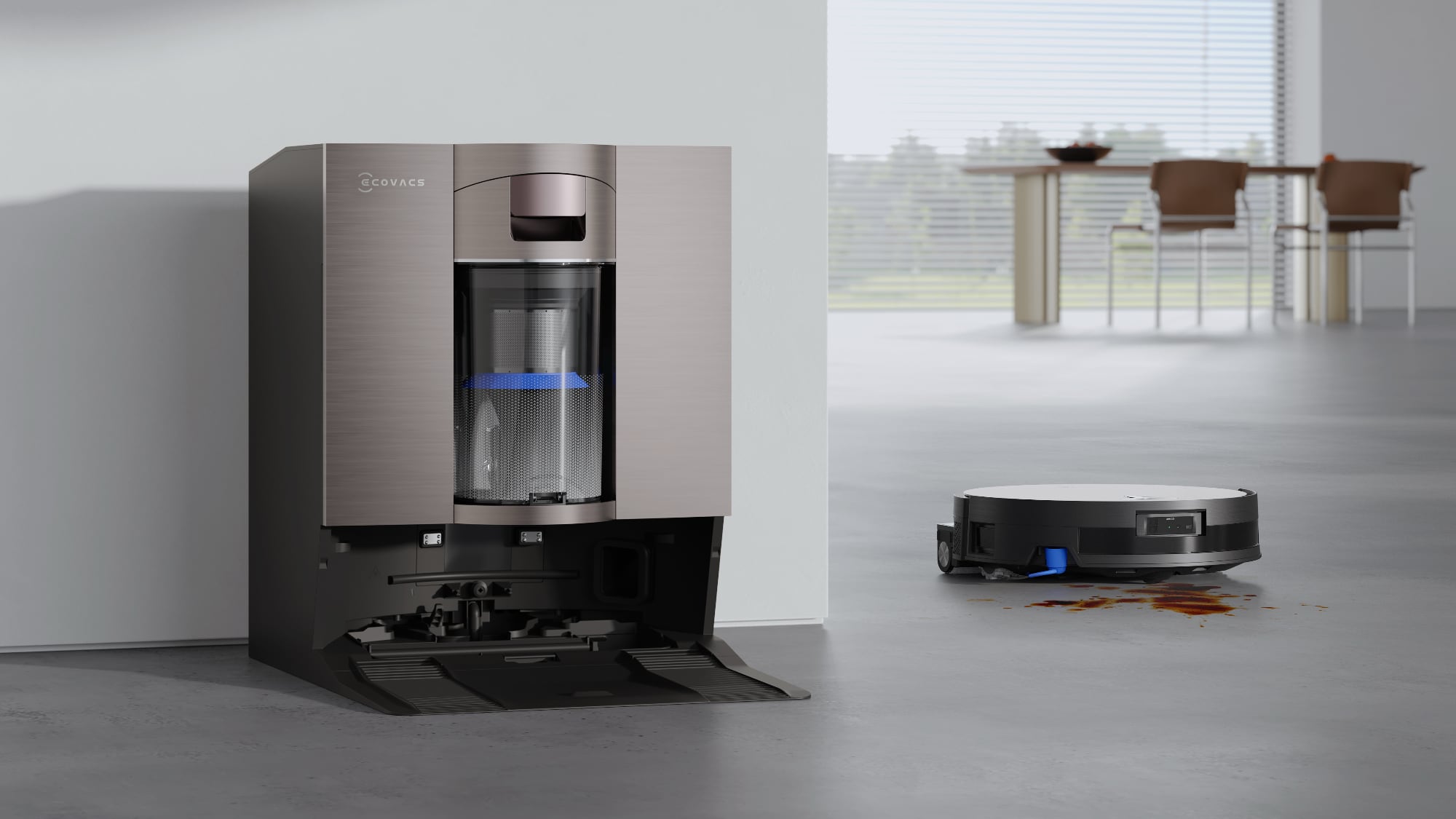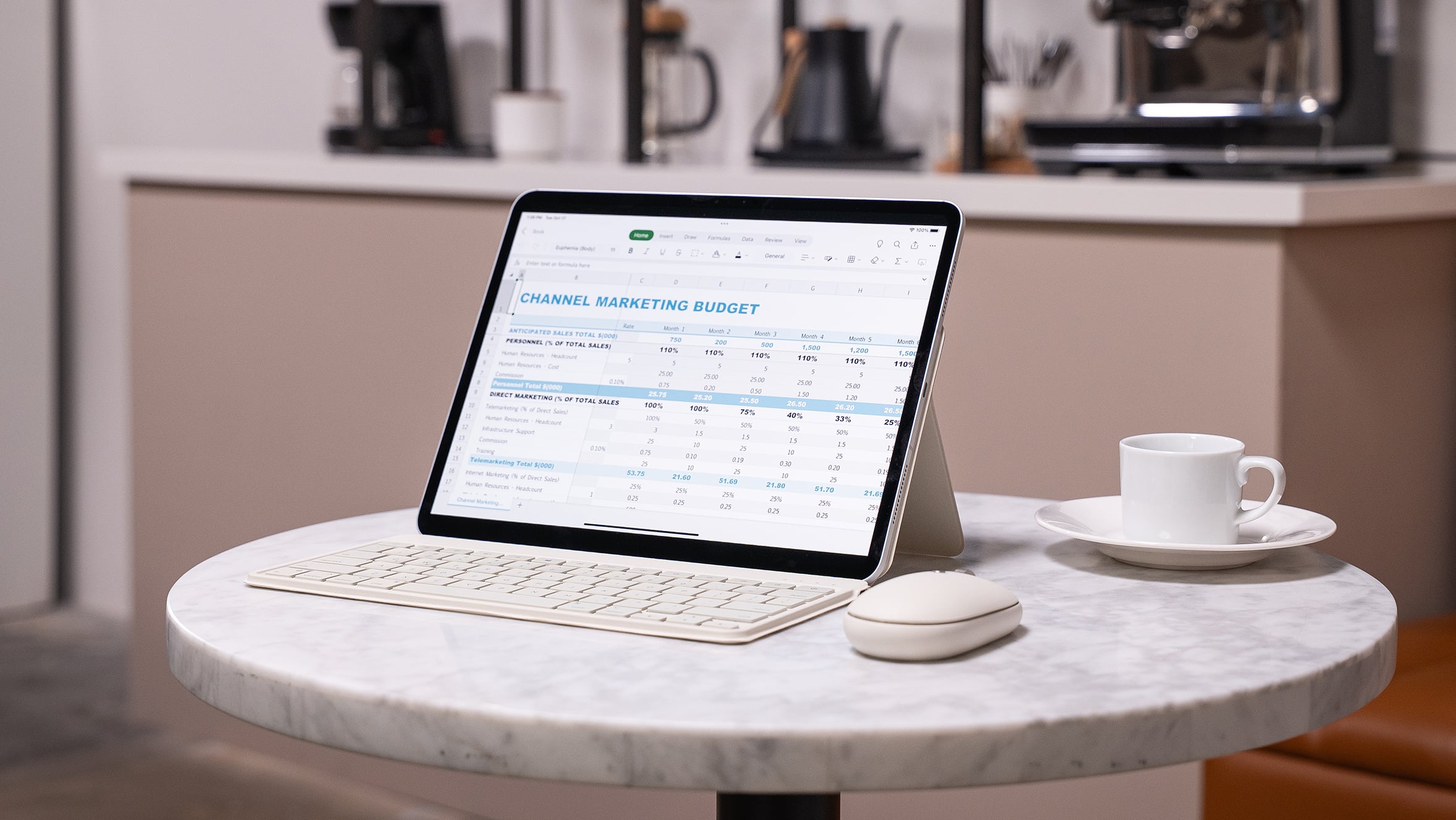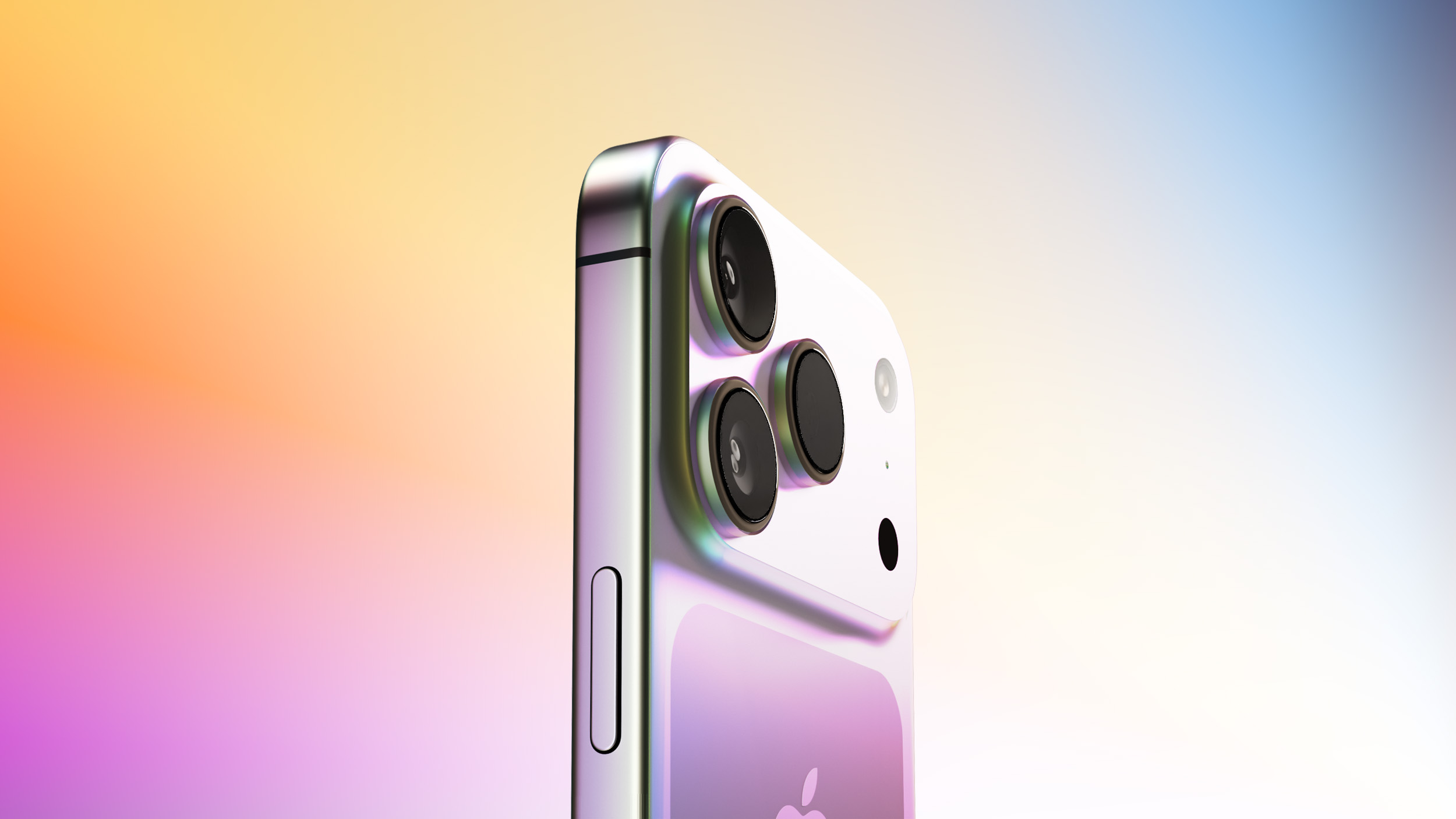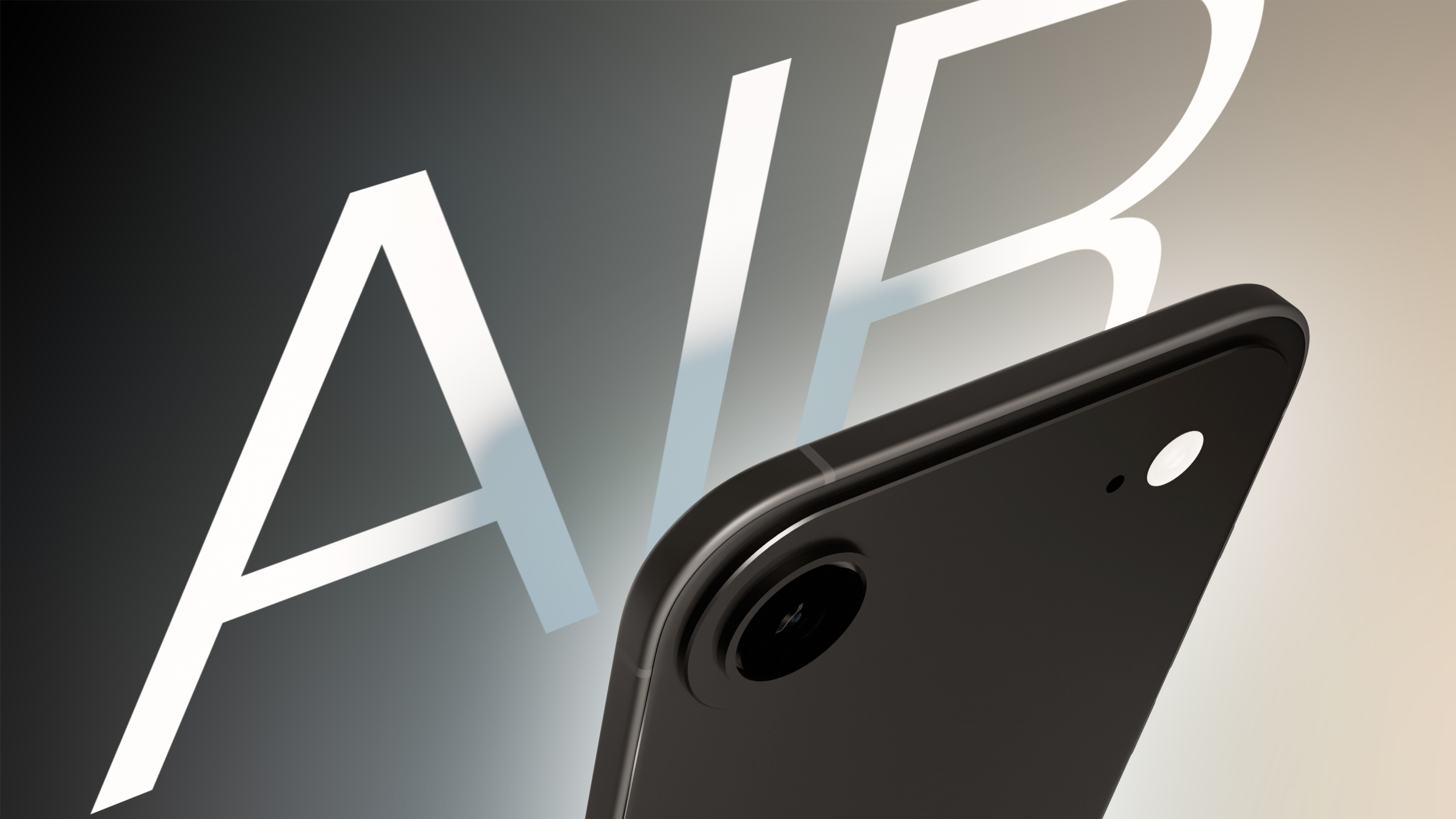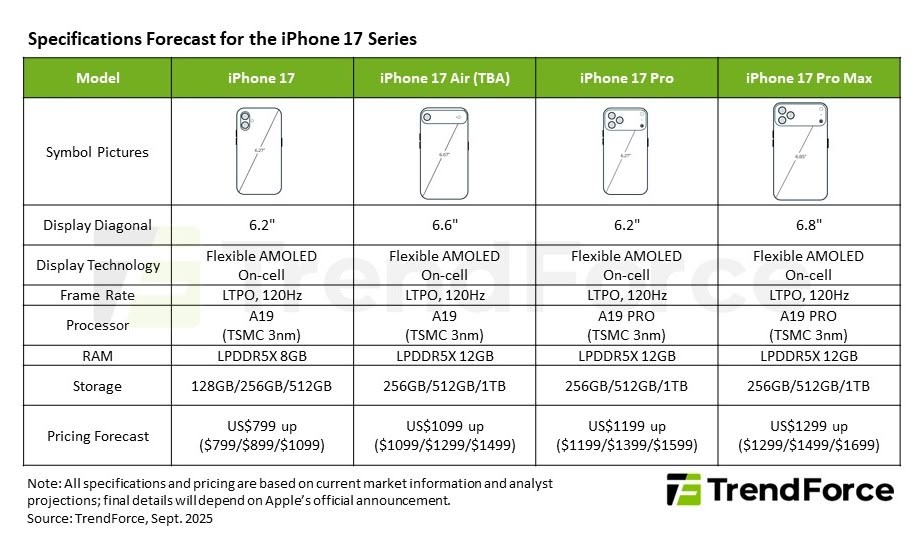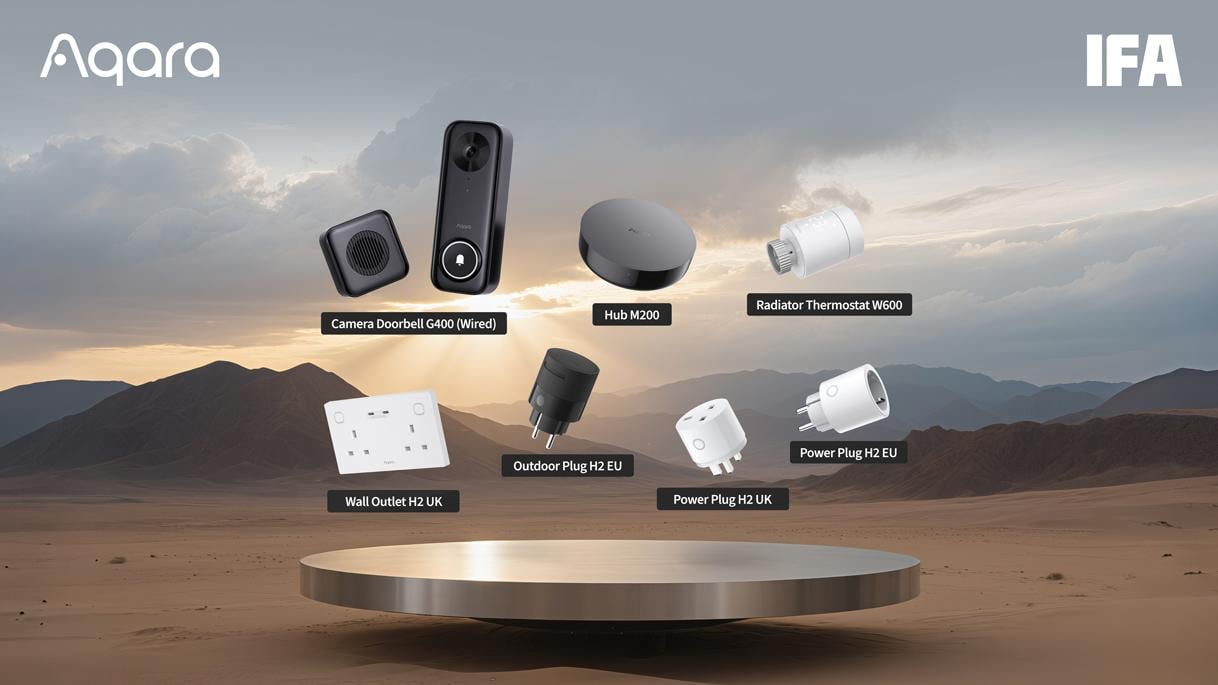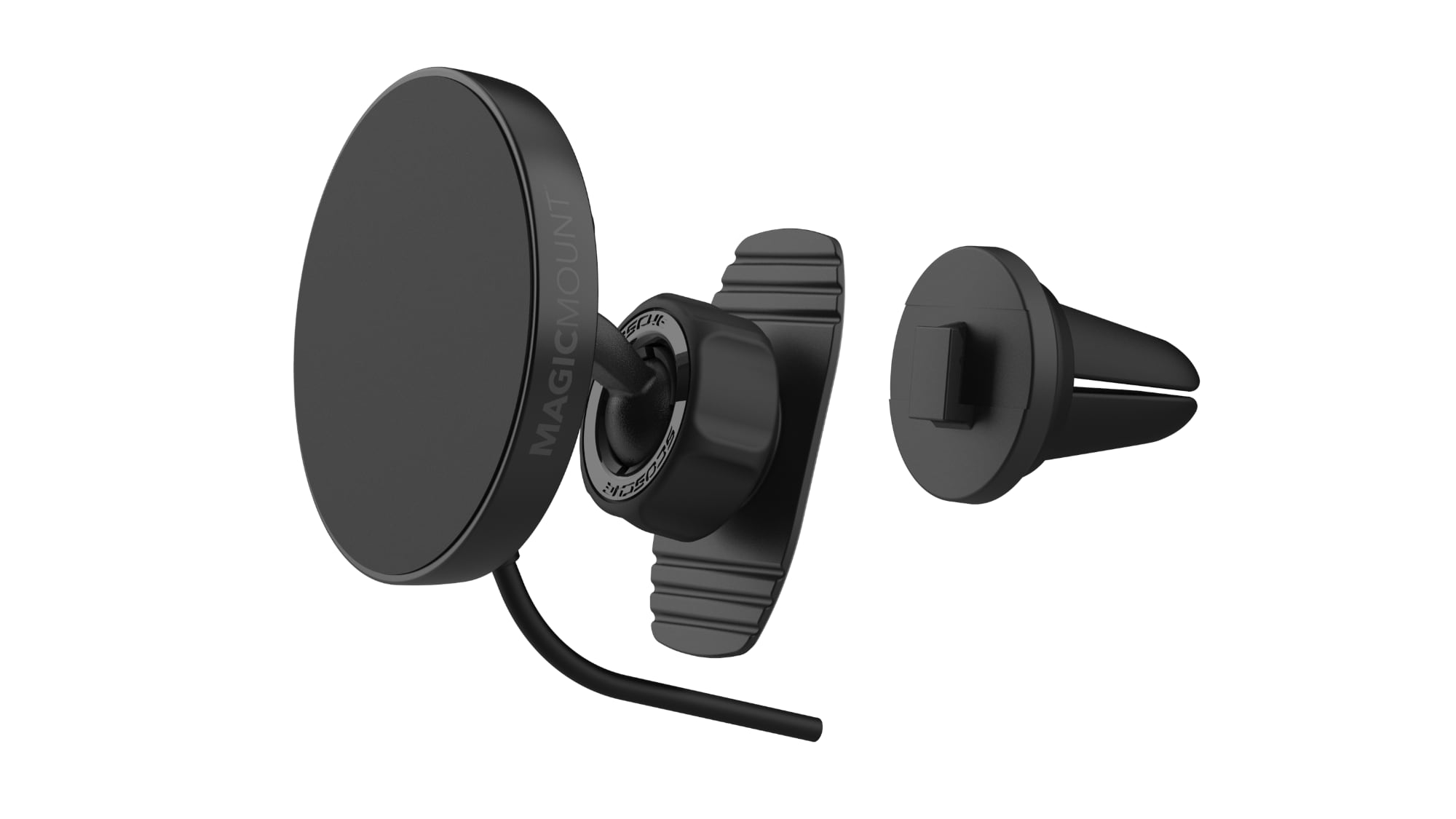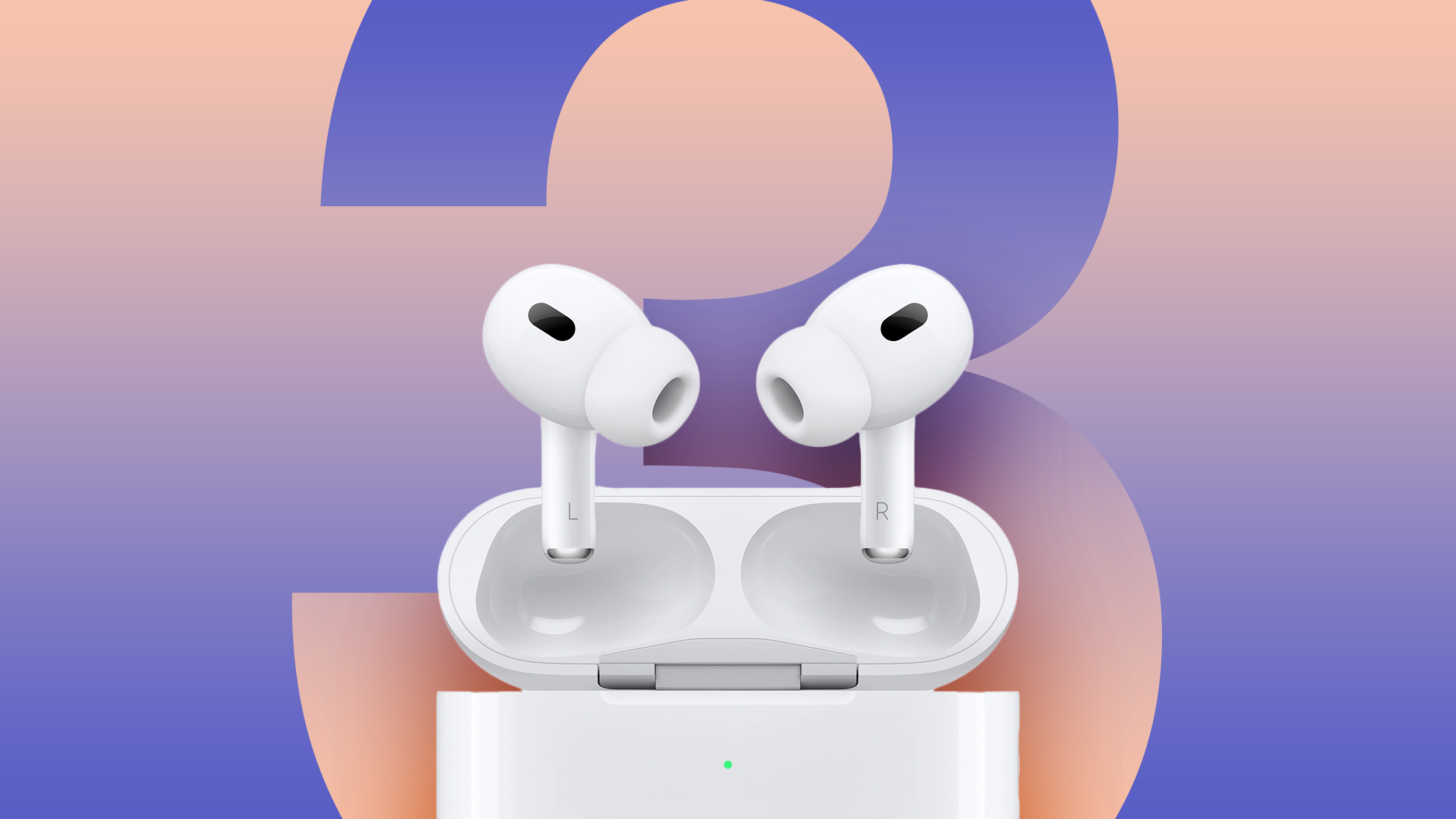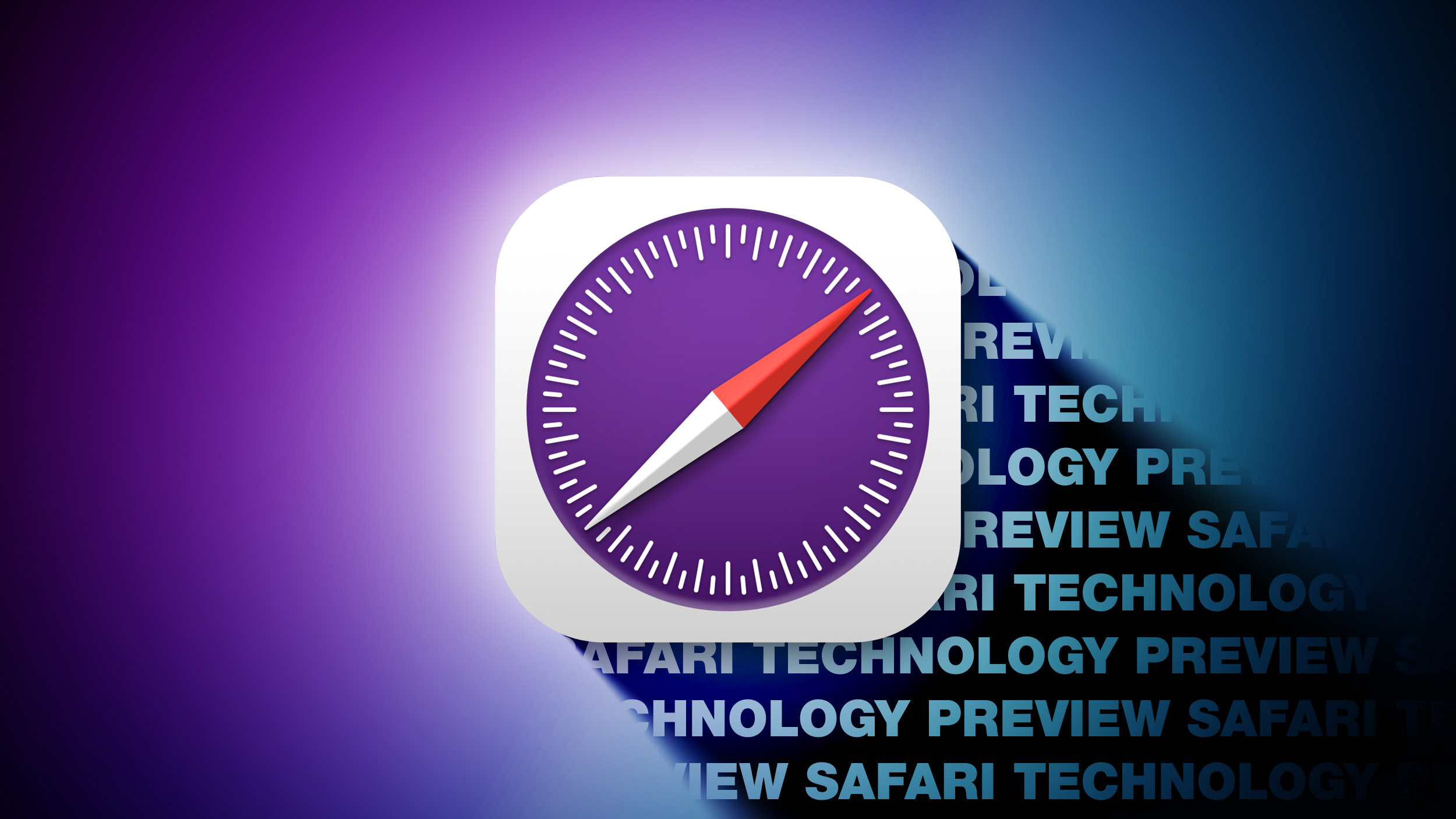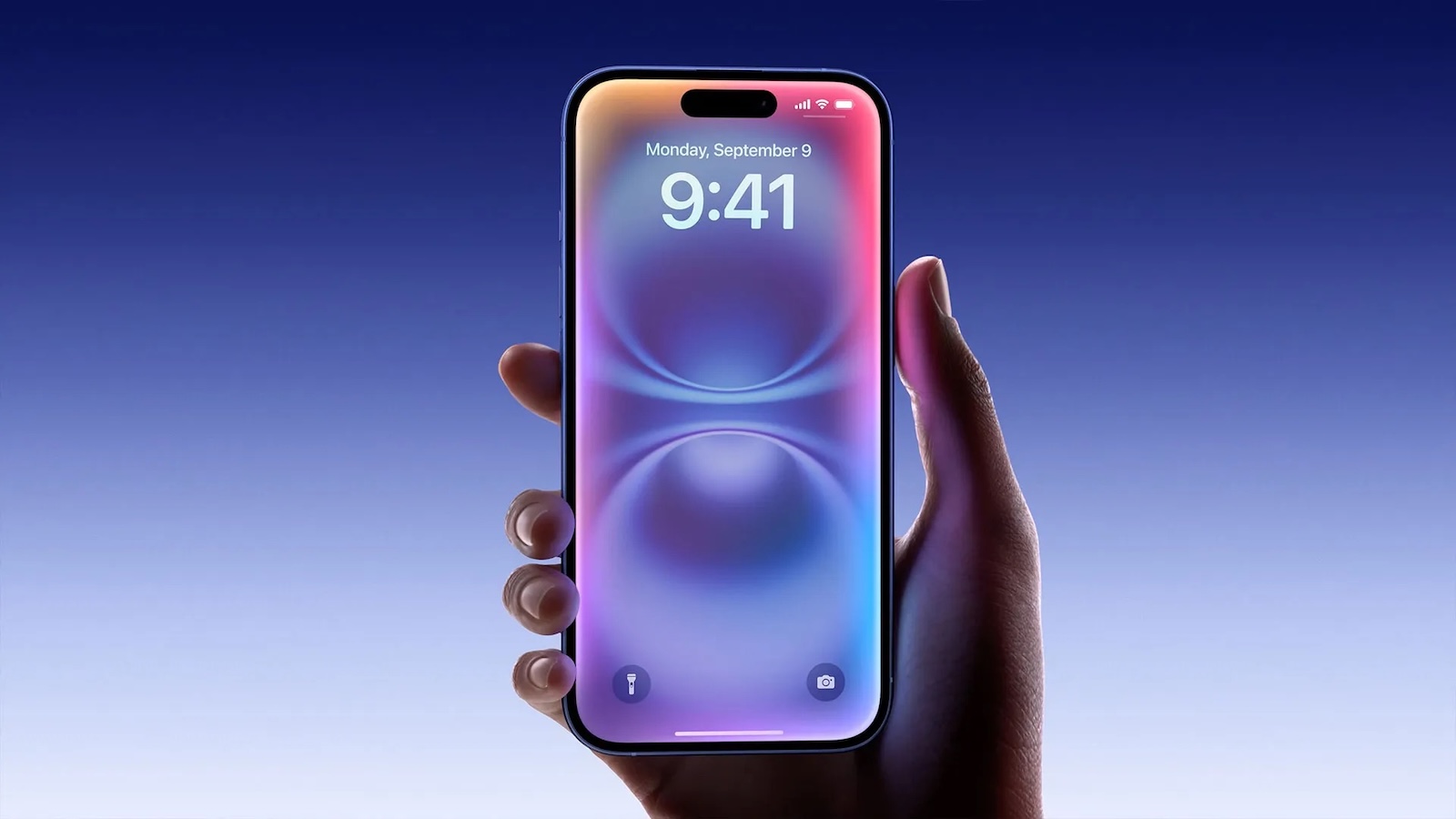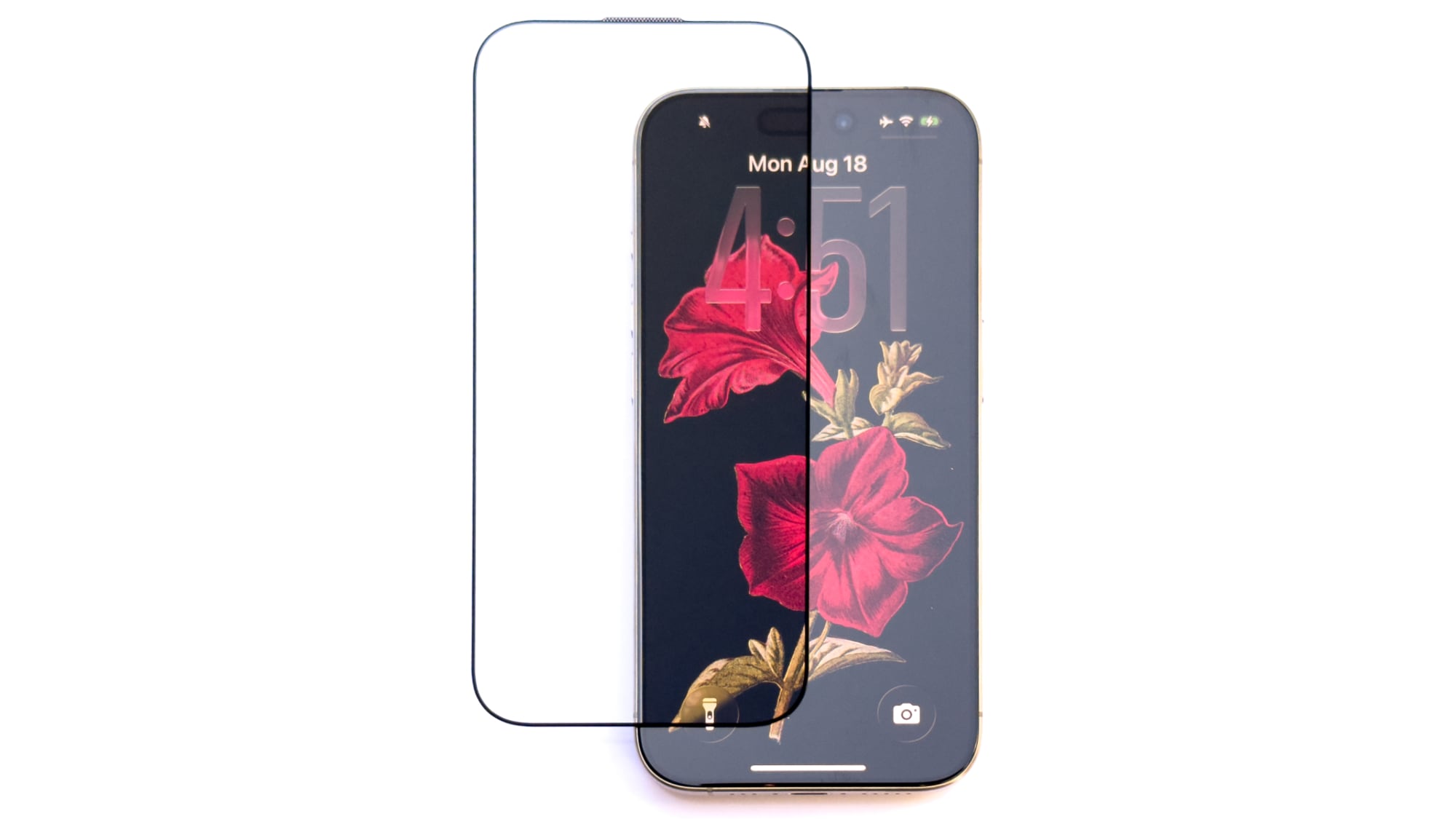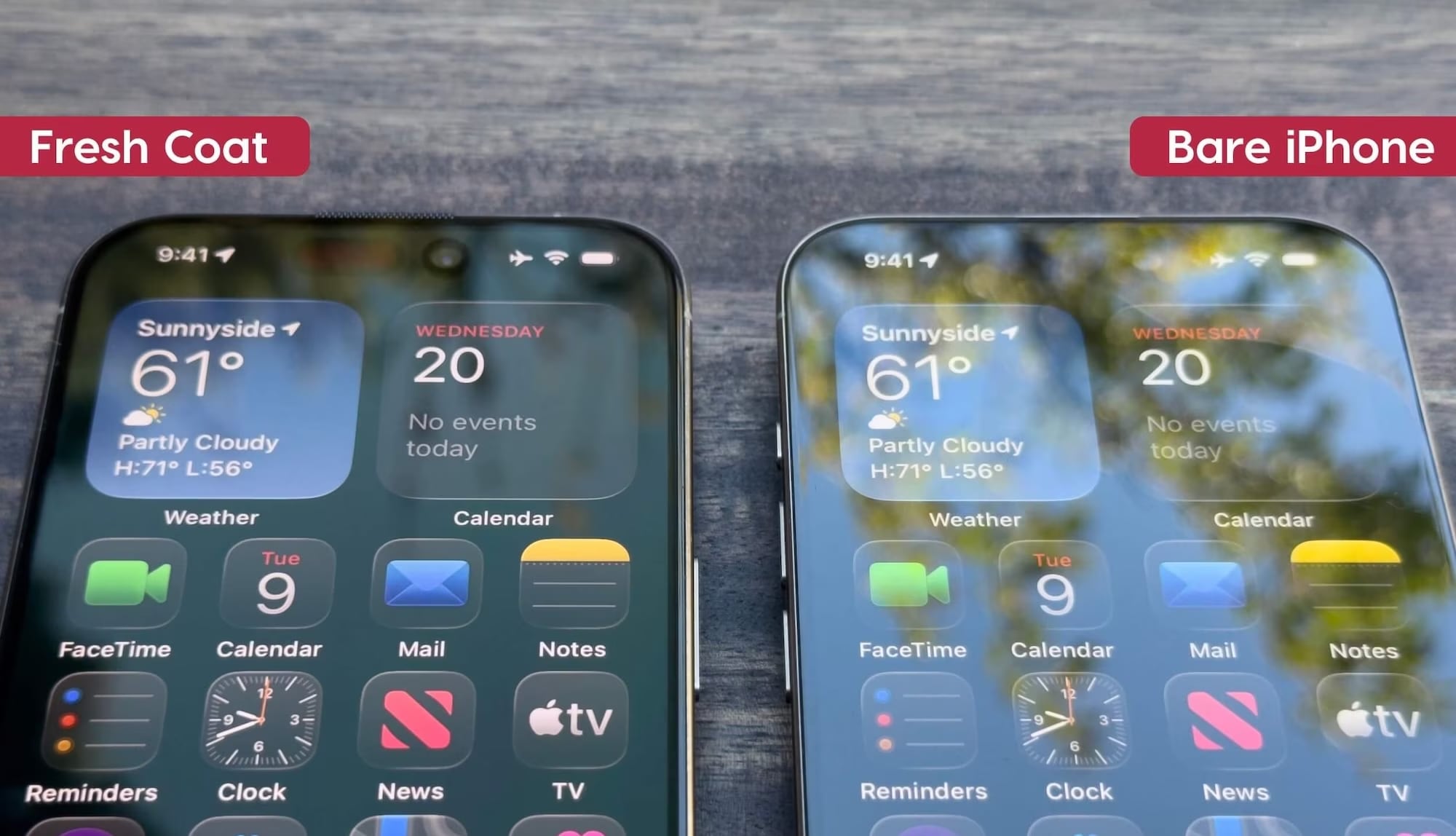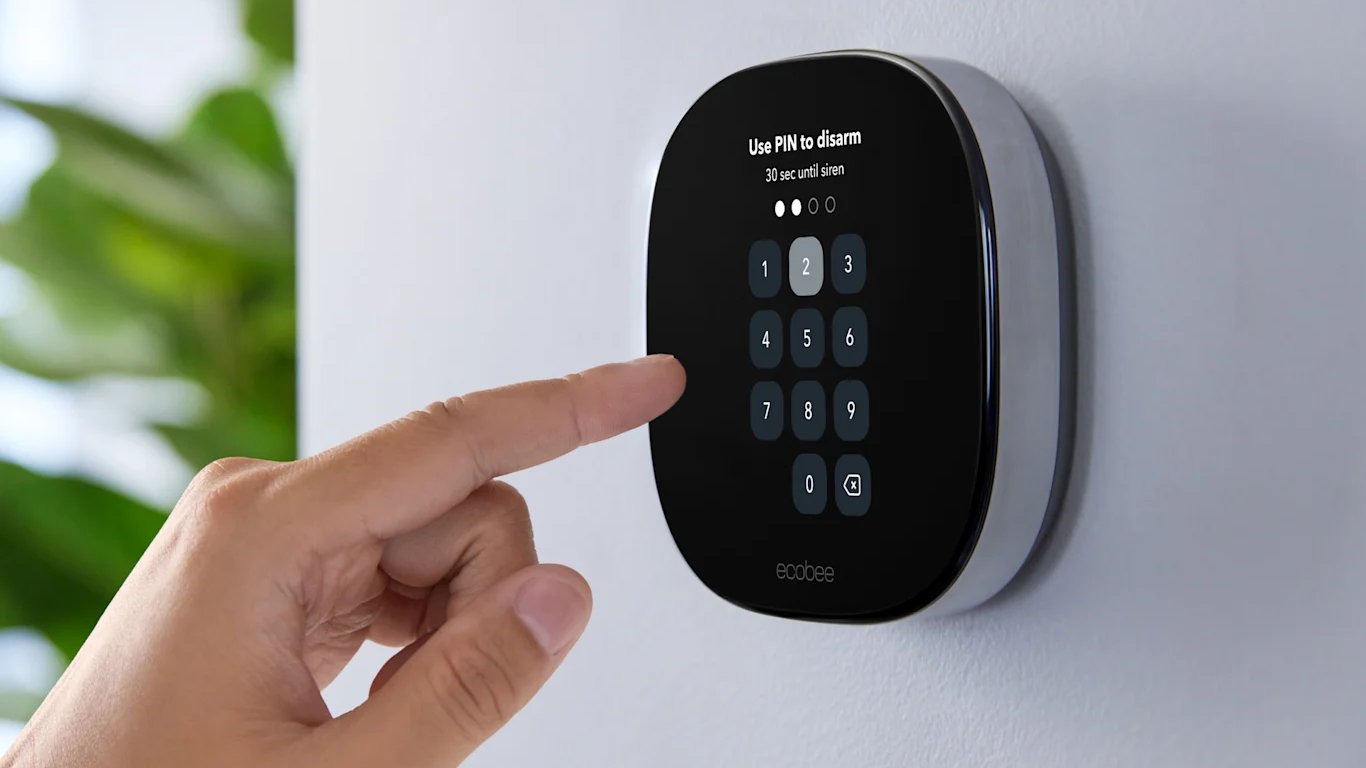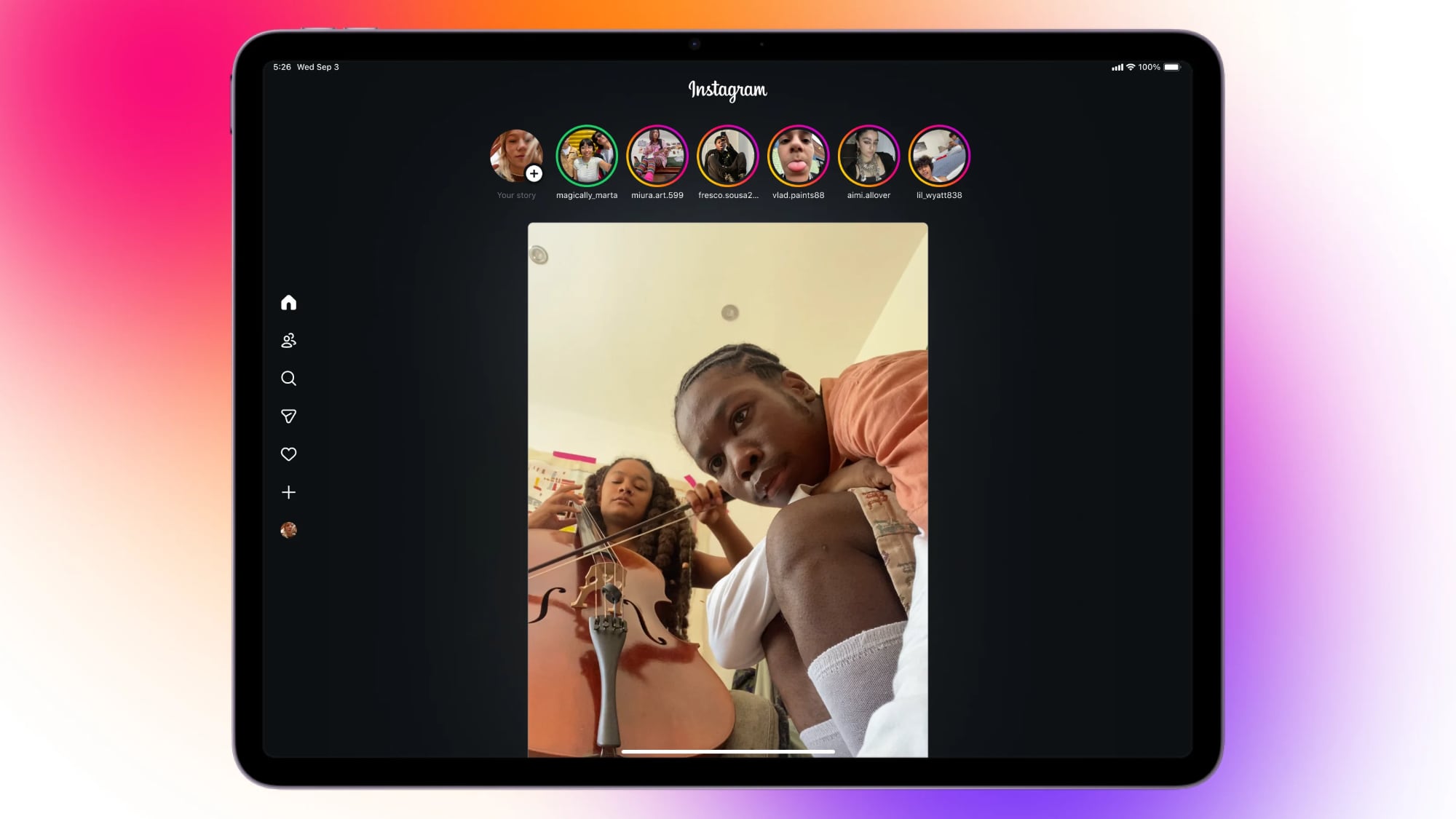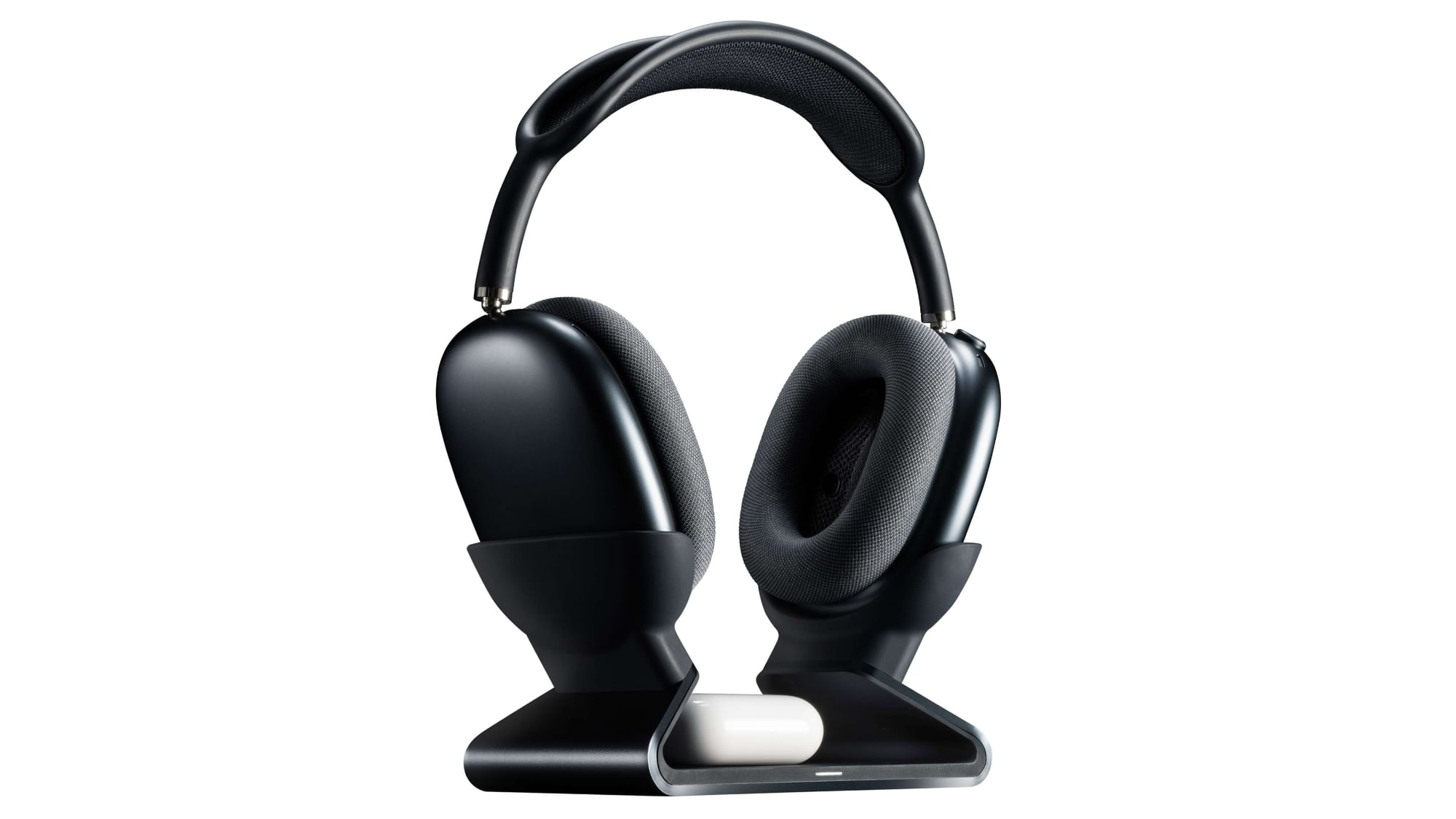Philips Hue Line Gains Bridge Pro, New Bulbs, Updated Outdoor Lights and More
Signify today announced a range of new products that are coming out this fall, including an updated bridge, new light strips and bulbs, updated outdoor light options, and some new Hue Secure devices.

The Hue Bridge Pro is an updated version of the Hue Bridge that enables support for up to 150 lights and 50 accessories, expanding the 50 light limit from the prior-generation Bridge. The Hue Bridge Pro has a processor that's five times more powerful and has 15 times more memory, so it also supports faster response times and up to 500 custom lighting scenes.

Most notably, it enables Motion Aware, a feature that turns Hue Lights into motion sensors. Motion Aware is able to activate lights in a room when motion is detected, and the feature works by detecting changes in the Zigbee signal between bulbs. Three Hue lights in a room are required, and the feature works with bulbs and fixtures manufactured after 2014 (excluding portable devices and the Hue smart plugs). Hue customers who have an existing bridge can upgrade to the new model with just a few clicks, according to Signify.
As for lights, there are multiple new options. The Philips Hue Essential line includes A19 and BR30 bulbs that are available at a more affordable price point for those new to the Hue ecosystem. The bulbs run on the same software as the main Hue line and can be controlled via Bluetooth, with extra functionality enabled through the Hue Bridge. Essential lights do not dim as low, support a lower spectrum of white colors, and do not offer "Chromasync" technology for premium color quality and accurate matching.

Updated A19 bulbs are available with better daylight replication, updated dimming, and 40 percent better efficiency. The latest Essential and A19 bulbs offer native Matter over Thread connectivity along with Zigbee and Bluetooth.

New OmniGlow LED light strips are coming in the future, featuring a spot-free design with diffused light and up to 4500 lumens of brightness. The light strip does not need to be located underneath furniture or cabinetry due to the diffusion.

The Philips Hue Festavia outdoor lighting lineup is gaining permanent string lights that can be attached to a home and used all year long, along with lightguide-style globe string lights for patios, balconies, and more. Both of the new outdoor lighting options are IP65 and can be left up.

Hue Secure is getting a video doorbell option that can alert users when someone is at the door, while also turning on Hue lights automatically. There's also a Hue Smart Chime that provides sound alerts when someone presses the doorbell. While Hue lights and accessories are HomeKit compatible, the Hue Secure line is not. Hue Secure products can only be controlled with the Hue app.

Signify is updating Hue Secure with additional software features. 24-hour video history will be free for all users starting later this year, and it will no longer require a Secure subscription. Cameras are able to recognize smoke alarm signals and respond with lights, and in 2026, an AI-powered facial recognition feature will reduce false alerts.
Finally, Hue is partnering with Sonos for integrated light and sound experiences. Sonos Voice Control users will be able to operate Philips Hue lights with voice commands.
The Hue Bridge Pro is available starting now, and it is priced at $98.99. The Essential range bulbs are also available and are priced starting at $24.99, with a light strip option coming in December. Signify is launching new Hue White, White Ambiance and White and Color Ambiance bulbs ranging from 60W to 100W, with availability starting today at prices starting at $54.99.
The OmniGlow strip lights are priced at $139.99 for 40 meters, and will launch in October, while the Festavia Permanent String Lights and Globe String lights are available now. The Permanent lights are priced starting at $399.99 for 27 meters, and the Globe lights start at $175.99 for a 7 meter length.
The Hue Secure Video Doorbell is priced at $169.99, while the Hue Secure Smart Chime is priced at $60. Both devices are launching in September 2025.
More information on the new Hue devices can be found on the Philips Hue website.
This article, "Philips Hue Line Gains Bridge Pro, New Bulbs, Updated Outdoor Lights and More" first appeared on MacRumors.com
Discuss this article in our forums

The Hue Bridge Pro is an updated version of the Hue Bridge that enables support for up to 150 lights and 50 accessories, expanding the 50 light limit from the prior-generation Bridge. The Hue Bridge Pro has a processor that's five times more powerful and has 15 times more memory, so it also supports faster response times and up to 500 custom lighting scenes.

Most notably, it enables Motion Aware, a feature that turns Hue Lights into motion sensors. Motion Aware is able to activate lights in a room when motion is detected, and the feature works by detecting changes in the Zigbee signal between bulbs. Three Hue lights in a room are required, and the feature works with bulbs and fixtures manufactured after 2014 (excluding portable devices and the Hue smart plugs). Hue customers who have an existing bridge can upgrade to the new model with just a few clicks, according to Signify.
As for lights, there are multiple new options. The Philips Hue Essential line includes A19 and BR30 bulbs that are available at a more affordable price point for those new to the Hue ecosystem. The bulbs run on the same software as the main Hue line and can be controlled via Bluetooth, with extra functionality enabled through the Hue Bridge. Essential lights do not dim as low, support a lower spectrum of white colors, and do not offer "Chromasync" technology for premium color quality and accurate matching.

Updated A19 bulbs are available with better daylight replication, updated dimming, and 40 percent better efficiency. The latest Essential and A19 bulbs offer native Matter over Thread connectivity along with Zigbee and Bluetooth.

New OmniGlow LED light strips are coming in the future, featuring a spot-free design with diffused light and up to 4500 lumens of brightness. The light strip does not need to be located underneath furniture or cabinetry due to the diffusion.

The Philips Hue Festavia outdoor lighting lineup is gaining permanent string lights that can be attached to a home and used all year long, along with lightguide-style globe string lights for patios, balconies, and more. Both of the new outdoor lighting options are IP65 and can be left up.

Hue Secure is getting a video doorbell option that can alert users when someone is at the door, while also turning on Hue lights automatically. There's also a Hue Smart Chime that provides sound alerts when someone presses the doorbell. While Hue lights and accessories are HomeKit compatible, the Hue Secure line is not. Hue Secure products can only be controlled with the Hue app.

Signify is updating Hue Secure with additional software features. 24-hour video history will be free for all users starting later this year, and it will no longer require a Secure subscription. Cameras are able to recognize smoke alarm signals and respond with lights, and in 2026, an AI-powered facial recognition feature will reduce false alerts.
Finally, Hue is partnering with Sonos for integrated light and sound experiences. Sonos Voice Control users will be able to operate Philips Hue lights with voice commands.
The Hue Bridge Pro is available starting now, and it is priced at $98.99. The Essential range bulbs are also available and are priced starting at $24.99, with a light strip option coming in December. Signify is launching new Hue White, White Ambiance and White and Color Ambiance bulbs ranging from 60W to 100W, with availability starting today at prices starting at $54.99.
The OmniGlow strip lights are priced at $139.99 for 40 meters, and will launch in October, while the Festavia Permanent String Lights and Globe String lights are available now. The Permanent lights are priced starting at $399.99 for 27 meters, and the Globe lights start at $175.99 for a 7 meter length.
The Hue Secure Video Doorbell is priced at $169.99, while the Hue Secure Smart Chime is priced at $60. Both devices are launching in September 2025.
More information on the new Hue devices can be found on the Philips Hue website.
Tag: Philips Hue
This article, "Philips Hue Line Gains Bridge Pro, New Bulbs, Updated Outdoor Lights and More" first appeared on MacRumors.com
Discuss this article in our forums
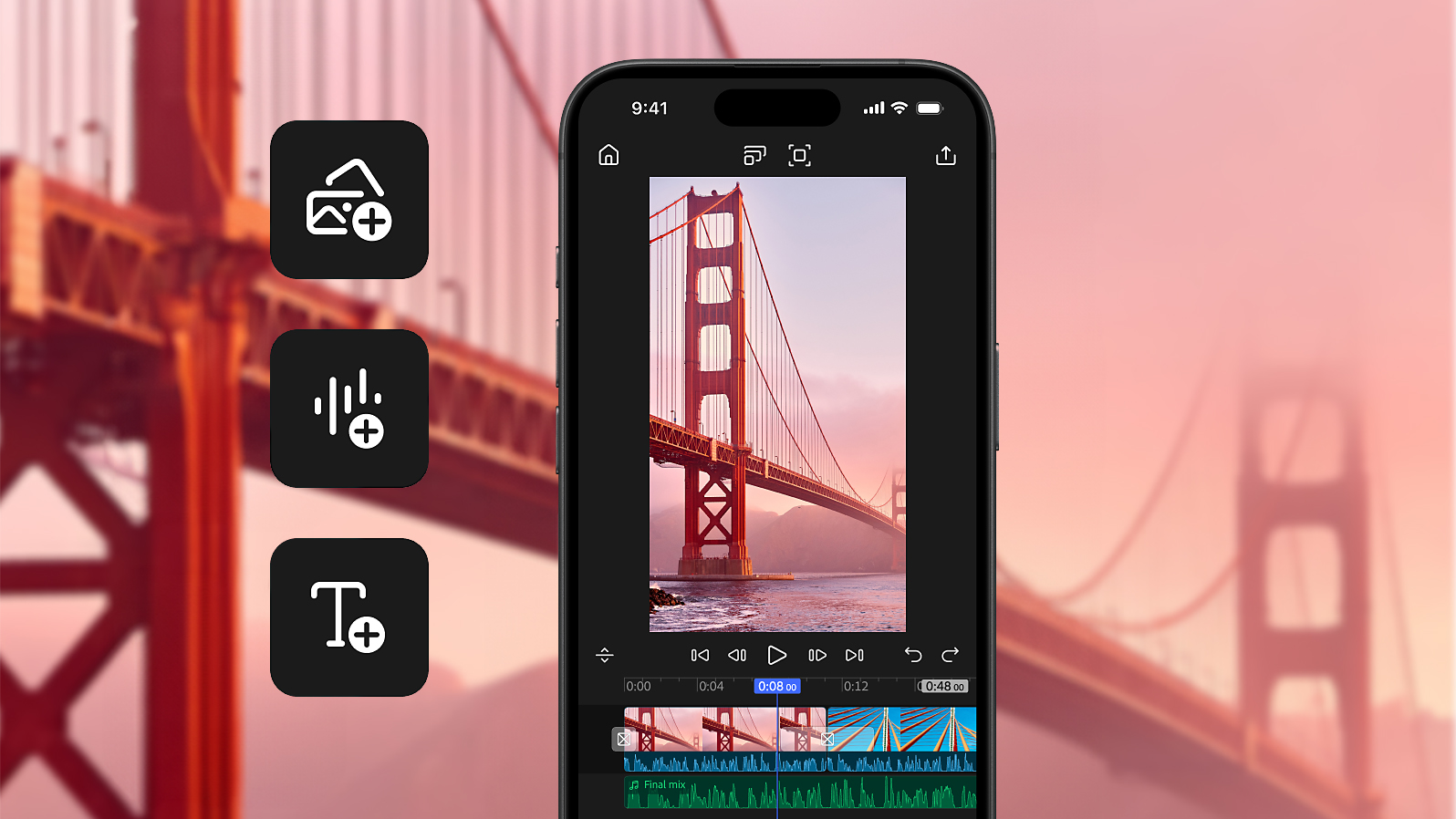
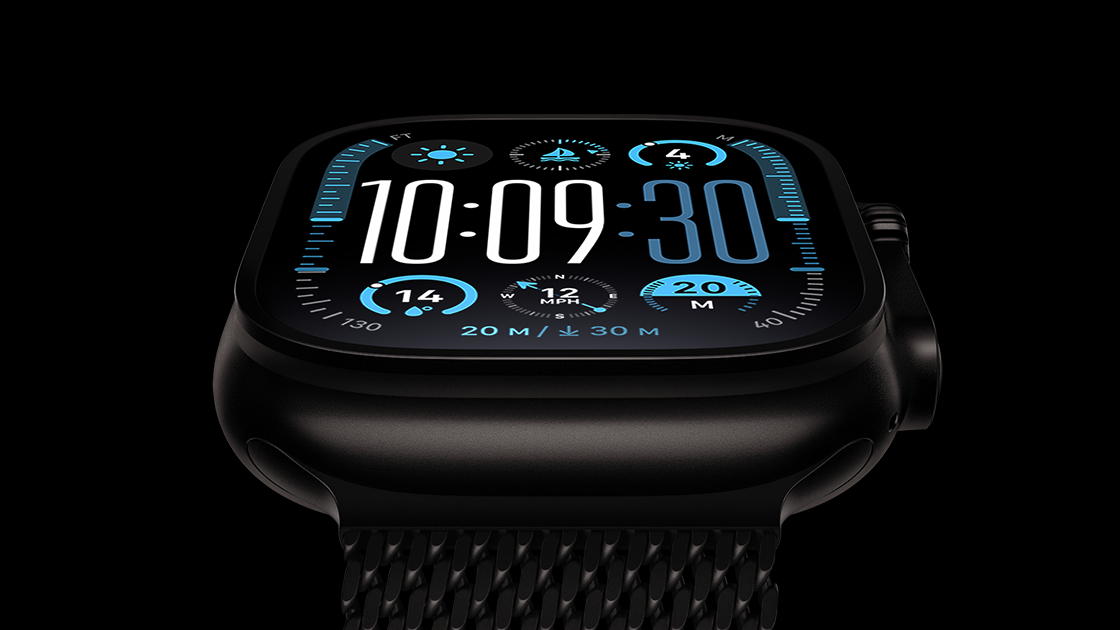

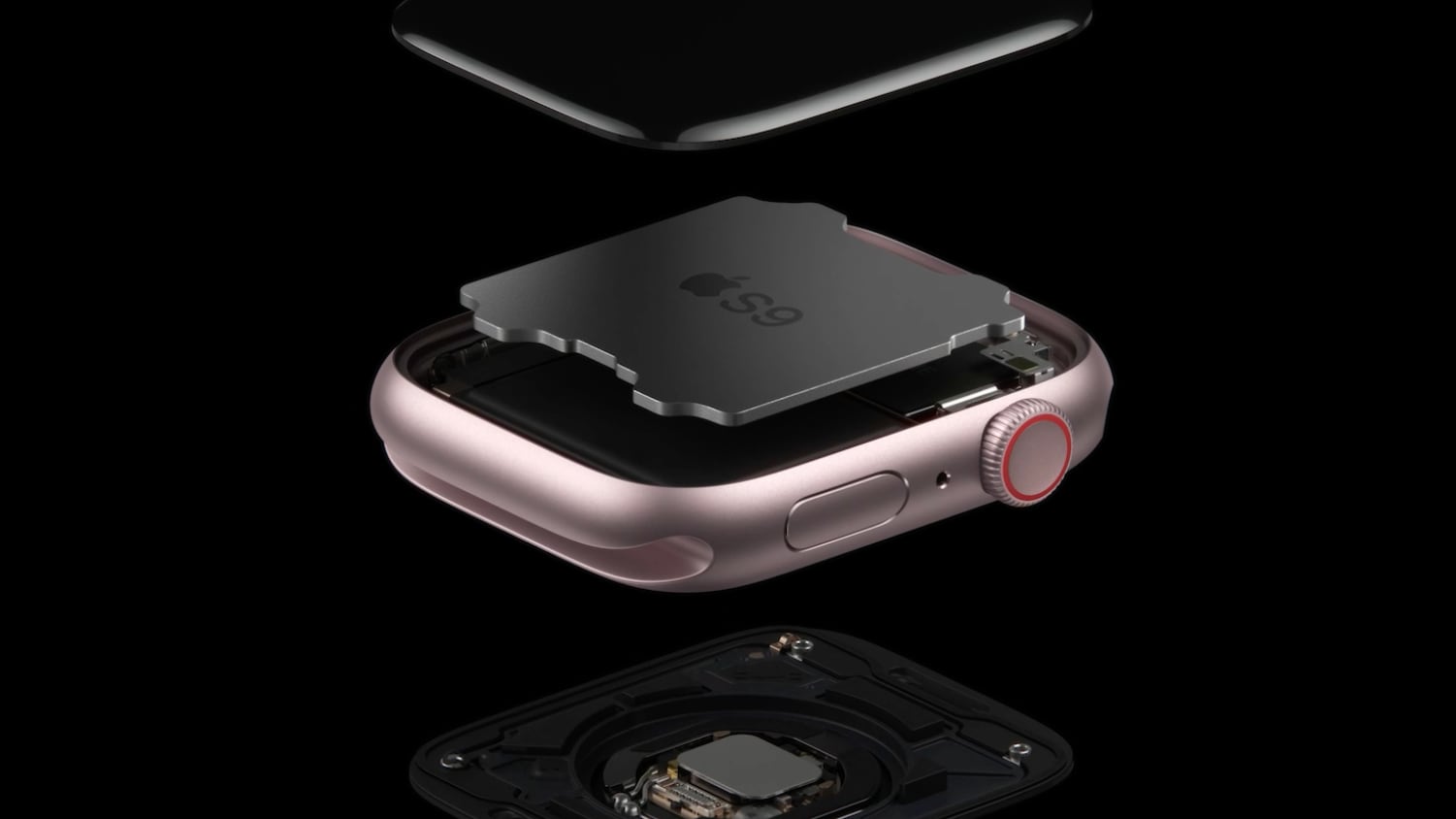
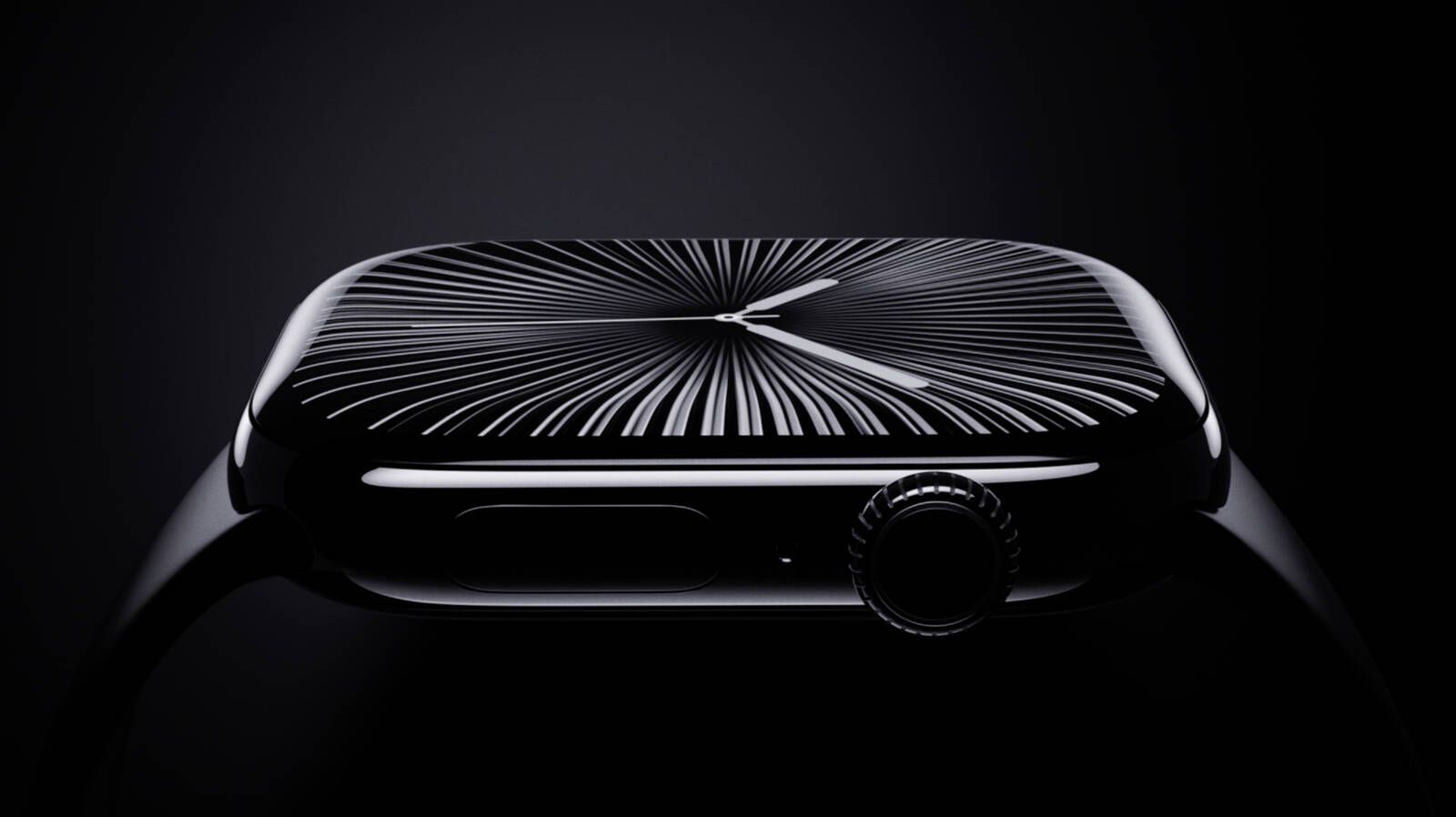
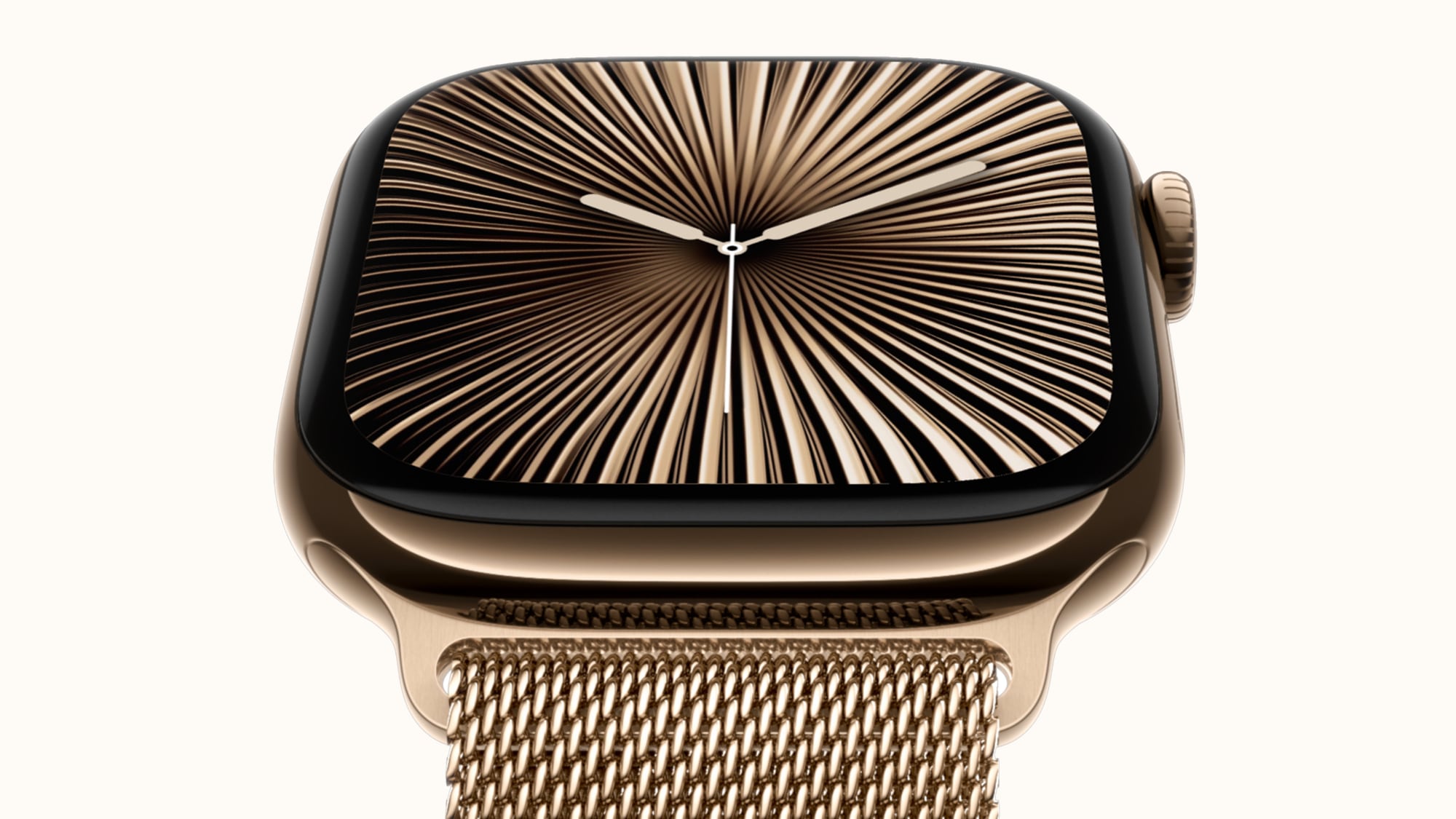
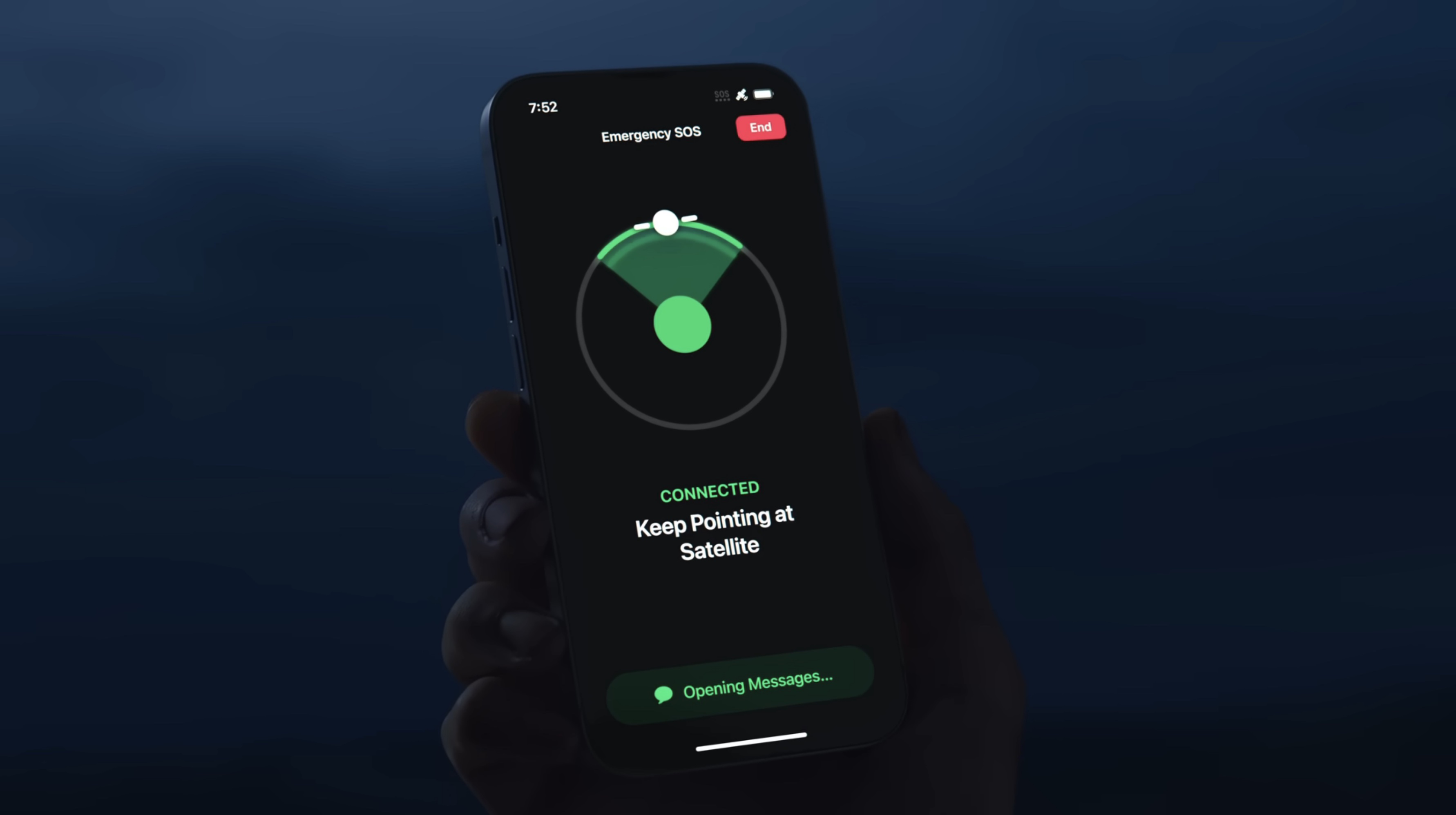
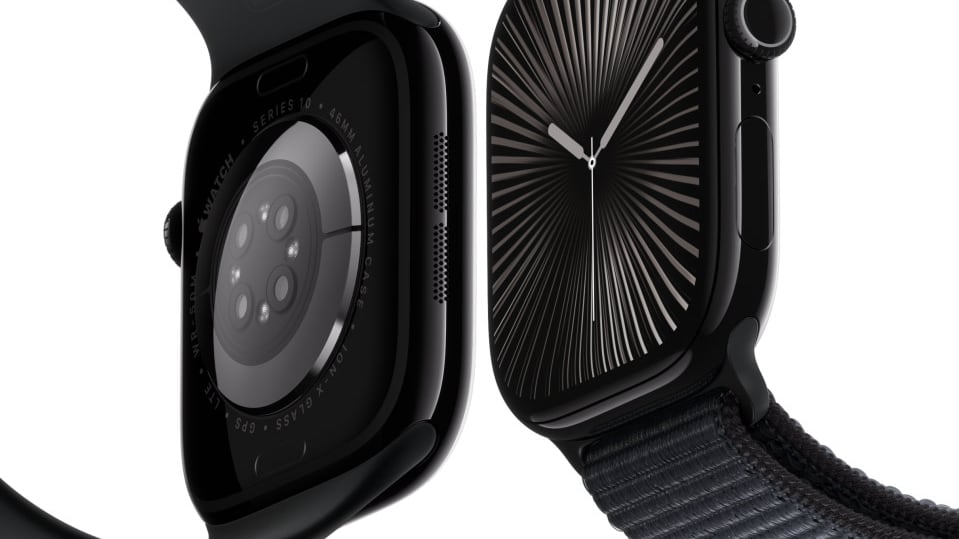

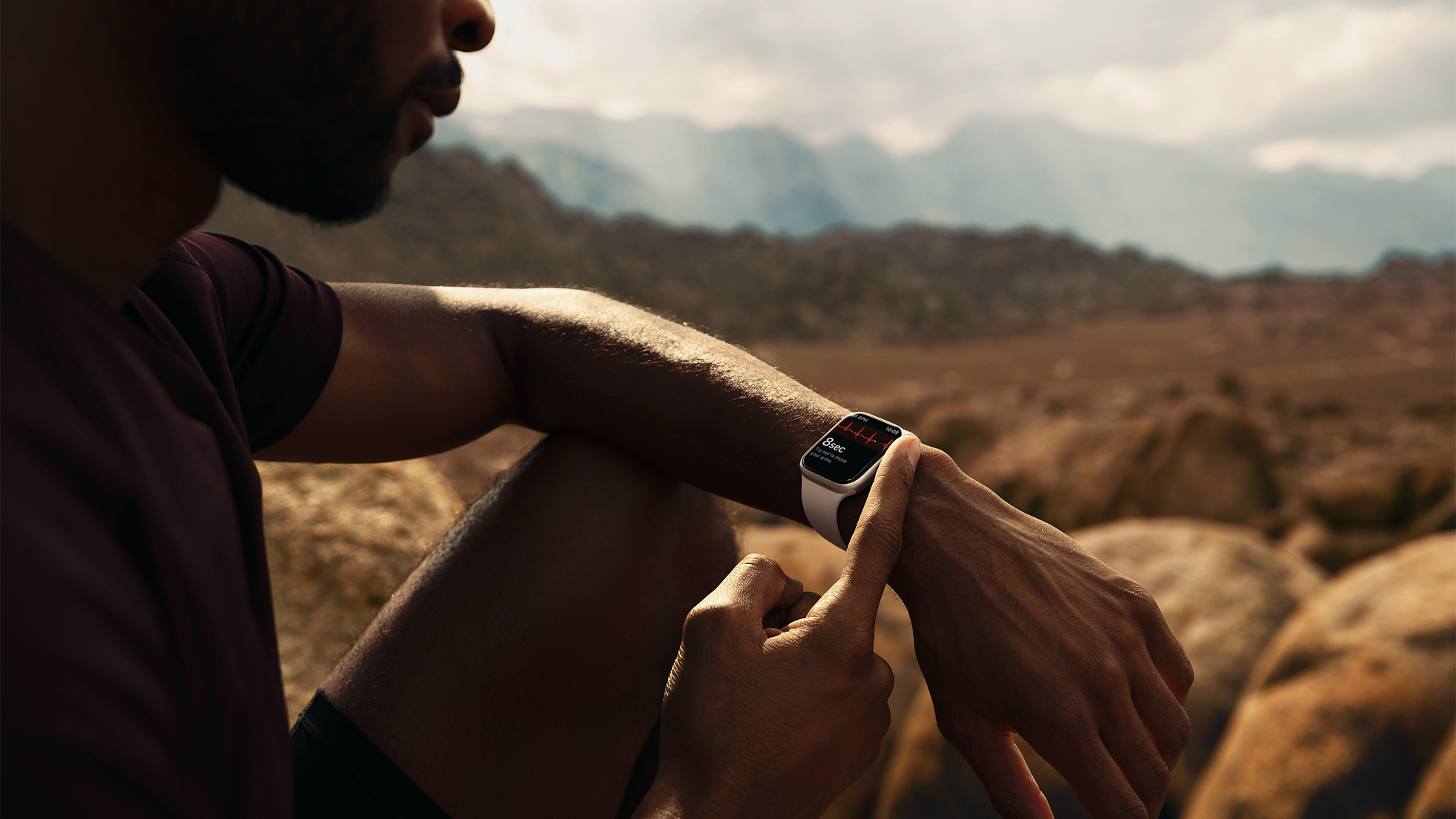
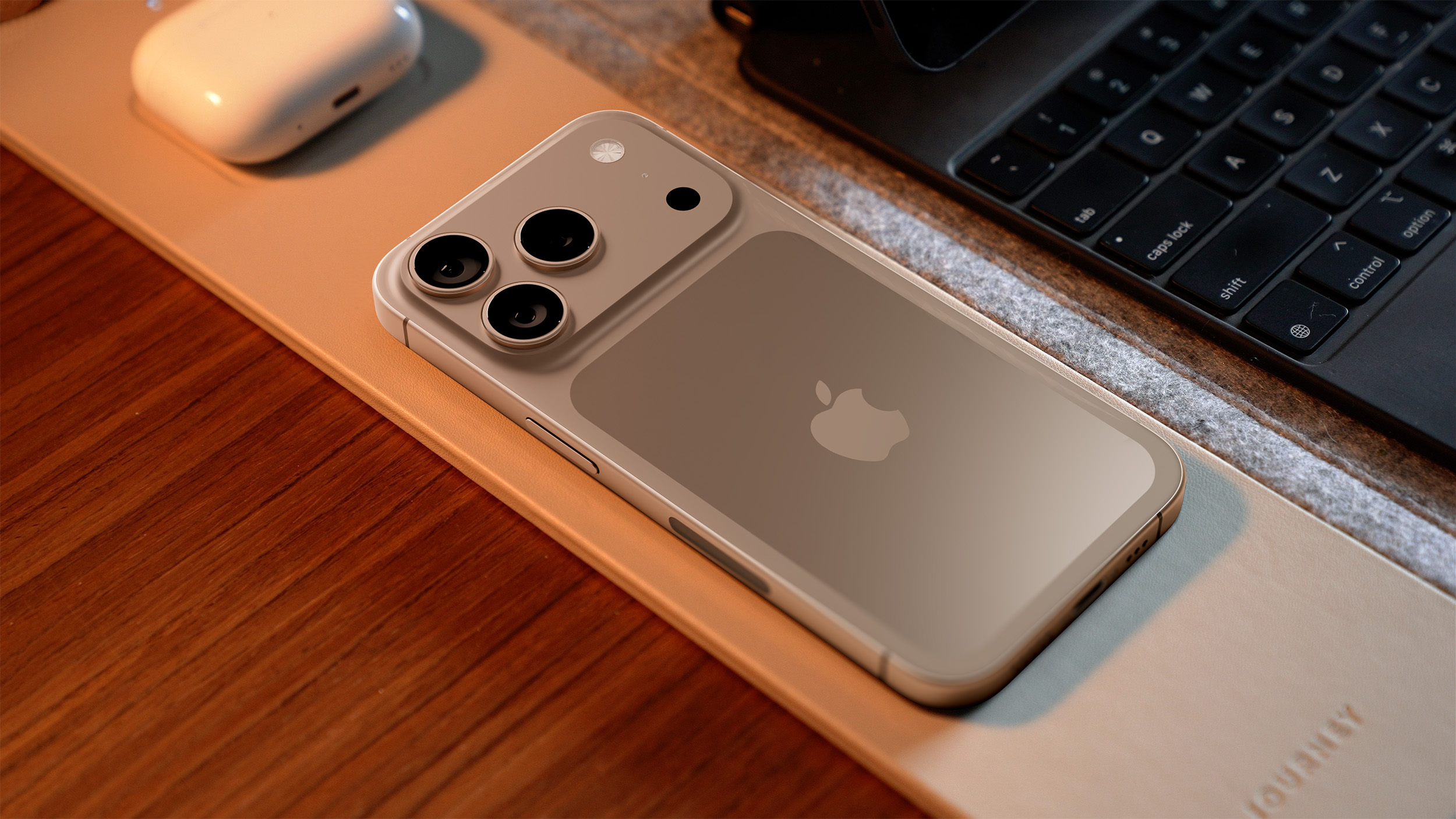
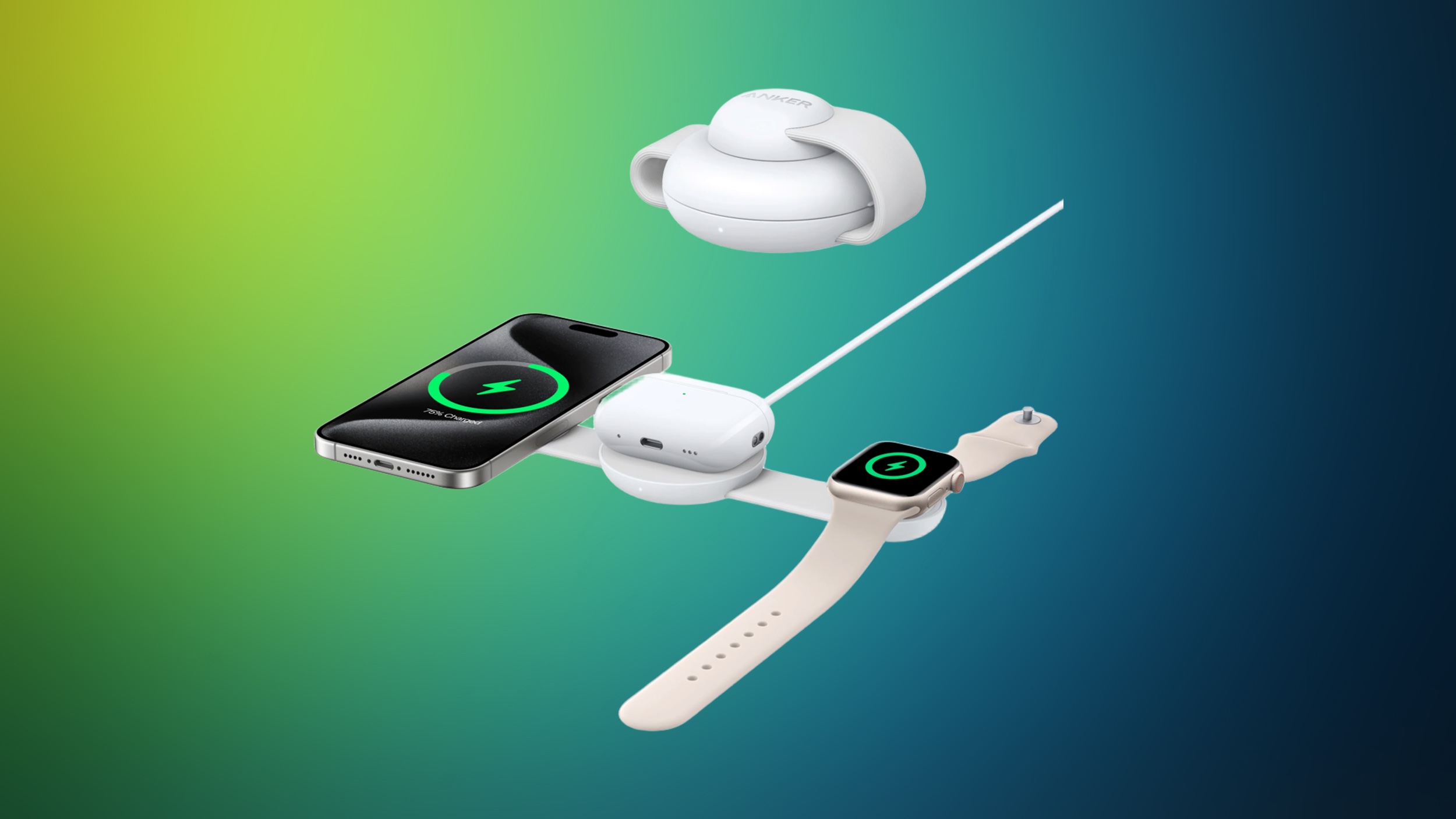 Note: MacRumors is an affiliate partner with Anker. When you click a link and make a purchase, we may receive a small payment, which helps us keep the site running.
Note: MacRumors is an affiliate partner with Anker. When you click a link and make a purchase, we may receive a small payment, which helps us keep the site running.

